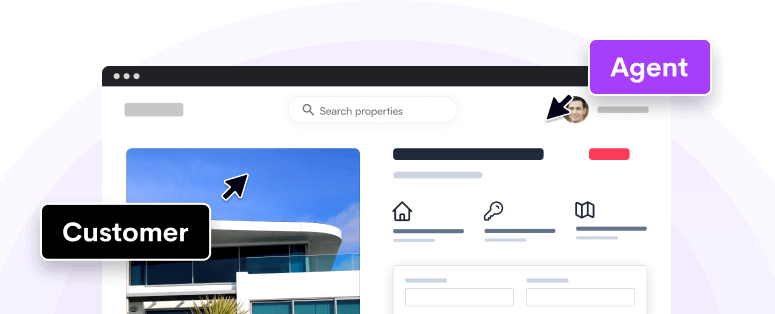This lessons learned series is part of our live SaaS resource list we're
building while launching a new product.
First time founders talk about product, more experienced founders talk about
distribution and TAM. It matters a lot when you're thinking about fast healthy
growth.
What one lesson about TAM was the most important and why?
It does not matter if the market already has many competitors. That can be
a good sign. It means the market is big. The dumbest thing we could do is go
into a small market with very little demand.
Why does a crowded market not necessarily matter?
First, it's not a zero sum game. The market overall is expanding so you grow
together while losing deals to each other. Having a big competitor in an
industry that has built the market's understanding of the product can be a
huge bonus because our biggest competitor is not that company, it's a lack of
knowledge on the product and people continuing to do things the old slow way.
Second, you can be the new entrant positioned to say that the rest of them are
doing it wrong, or you can go after an upset niche they're ignoring but which
is still pretty large.
What dumb assumptions did we make about TAM at the very start of our SaaS
journey?
The early days are all just a big mix of guessing, excitement, building MVPs
and more guessing and excitement.
We didn't calculate the total size of the market for Upscope because we didn't
know which market it belonged to. We know that products expand and change and
adapt for larger markets as you learn more but mostly we were focused and
excited about the idea. Now, years later, we understand why serial
entrepreneurs think about TAM, distribution and product all in one.
What would we advise someone to do if they were starting from scratch?
Research your market. It's amazing these days that there are youtube videos,
podcasts and blog posts where people tell you everything about their market
and the problems they fix.
You can even find revenue figures for those companies and hear about a
breakdown of where that revenue comes from. Jason Lemkin on Twitter is always
giving those breakdowns for companies.
When you know the market a little better then it's time to start thinking
about how to position your product for that market. Product positioning is
critical.
If we had a magic wand how would we use it to improve our TAM?
We'd have every customer support team member on the planet watch a 5 minute
video about our product :) 99% of our TAM is not taken up by our competitors
but is simply that 99% of the future customer base has not heard of our
industry and how our product helps them.
We're not competing against other companies generally, we're competing against
older slower ways of solving the problem.
How will we use our experience for our new product?
For our new product we understand that there may be many competitors in the
market all copying each other and maybe they're also copying each other's
assumptions. It's possible for a disruptive new technology to open up a new
section of that market for us and for them.
We believe that companies providing digital adoption platforms have services
which take a lot of work to implement and maintain. What if you took away most
of the effort and stuck with a simpler product that didn't need to do 80% of
what they do. We don't think you need a full visual design studio to create
onboarding flows. We believe it should be possible to simply talk and type and
this becomes the onboarding flow.
Resources
[Eventually TAM is
everything](https://twitter.com/eladgil/status/1393380297983418369?s=21)
Here's a good short thread on TAM. Some of the comments are illuminating. We
would not have understood this thread at the start of our journey but now it
makes a lot of sense.






